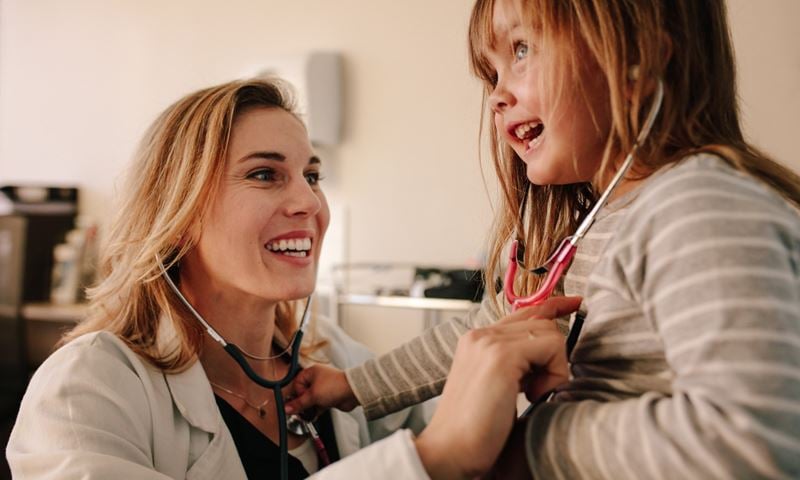Published 14 Feb 2022
Is your pet ready to get back to their ‘day job’ of holding down the fort while you go to work or school?
The pandemic has put many of our pets out of work. Instead, their days have been leisurely filled with cuddles, lunch time walks and inside naps. Many of us have even welcomed new fur babies into our homes.
COVID-19 has led to the biggest boom Australia has seen in pet ownership and we’ve focussed more of our attention on our animal family members than before. This has strengthened the relationship Australians have with the estimated 30.4 million pets across this country. But how can we preserve their mental and physical health when we leave the house? Throughout COVID-19 times, pets have provided us with a source of comfort and joy, and our devotion to our pets cannot be abandoned.
So, what makes for pet good health?
- Protection
- Exercise (cats too!)
- Mental stimulation
- Social interaction
- Rest and alone time
- Healthy diet
- Routine
Like humans, all animals have certain needs that must be met to live their best lives. While it may be daunting for you to return to your pre-COVID routine, many of our pets may also be overwhelmed when the time comes for us to don proper pants and shoes and pursue life beyond our four walls.
Getting ready to go back to work and school – the pet edition
- Set up a hang out space, for ‘downtime’ – lure with treats to promote positivity. It could be a crate, a kennel or an out of the way corner.
- Get more exercise (schedule for a time when you would normally be home) thus creating routine
- Get out of the house for a short time followed by cuddles and praise when you get back. This will give you a chance to see how your pet responds.
- Re-think your re-departure routine and mix it up. If your pet gets agitated when you pick up your keys or lace up your shoes, start to do these things when you’re not about to leave. This desensitises your pet to the cue’s and stops the escalation.
- Set up a pet restaurant – no you don’t have to use a white tablecloth, but simply feeding your pet out of eyesight of the family can go a long way to promoting positive alone time.
Like children, pets thrive on routine, so set one up that will be achievable even when you are back in the office.
What does separation anxiety look like?
- Pets become more vocal (ask your neighbours, they will tell you what you need to know about this point)
- Salivating
- Being destructive
- Toileting in the *cough* wrong spot
- Not eating food when alone
- Excessively licking on chewing themselves
- Trying (or succeeding) to escape
Although there is a lot you can do to help your pet along the journey back to normal routines, if you notice these signs, get in touch with your vet. Separation anxiety disorder can be diagnosed by an animal doctor.
Remember that while our freedom may expand our social interactions, it can often come at the cost of spending quality time with our furry friends. As we enjoy more normality, with small steps we can continue to support our pets with the love and care they have become accustomed to.



